Home>Furniture & Design>Bathroom Accessories>What Countries Use Bidet
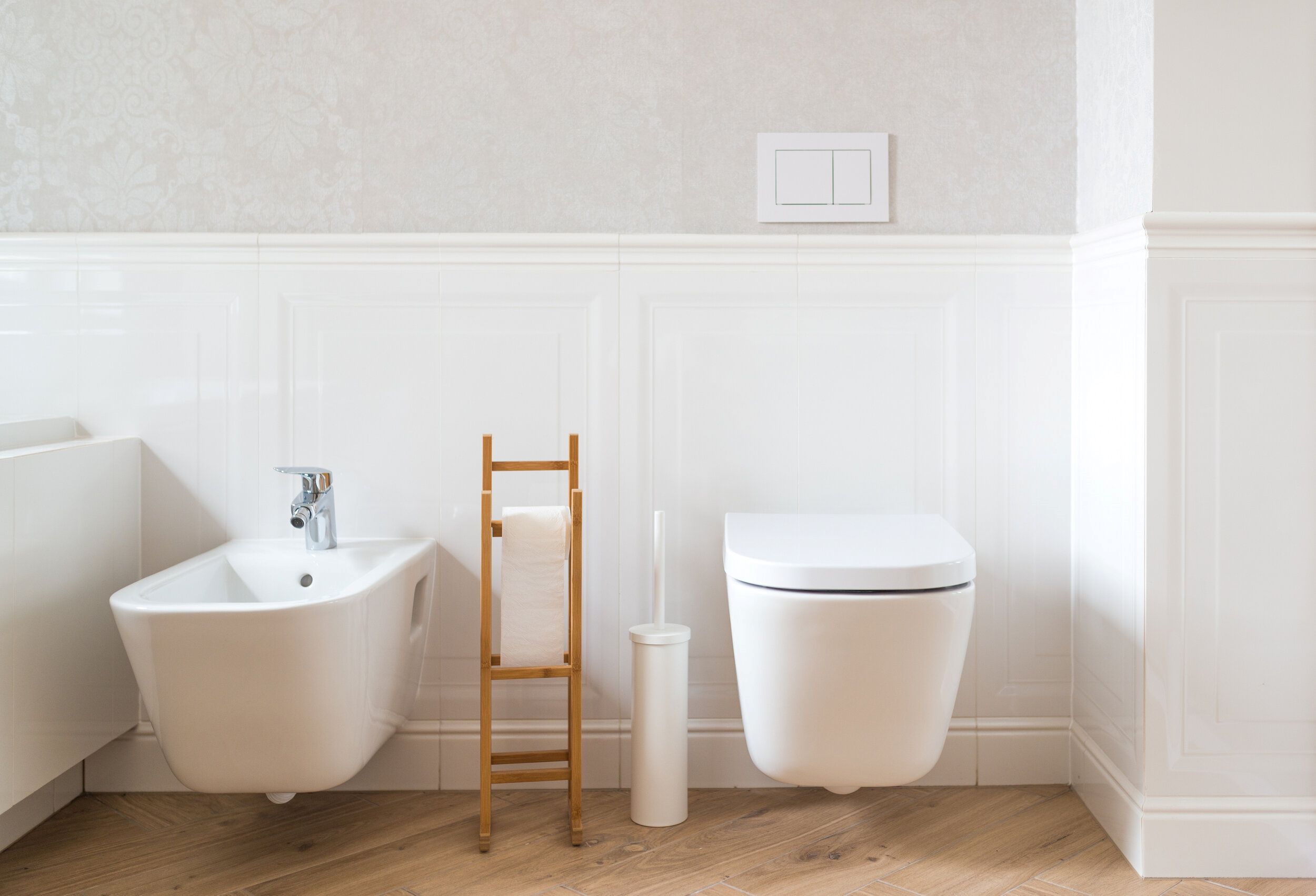

Bathroom Accessories
What Countries Use Bidet
Modified: October 27, 2024
Discover the countries where bidets are commonly used and explore the benefits of these essential bathroom accessories. Find out how bidets are revolutionizing personal hygiene worldwide.
(Many of the links in this article redirect to a specific reviewed product. Your purchase of these products through affiliate links helps to generate commission for Storables.com, at no extra cost. Learn more)
Introduction
The bidet, a bathroom fixture with a history dating back to the 17th century, has gained popularity across the globe for its hygienic and environmental benefits. This article will explore the usage of bidets in various regions, shedding light on cultural preferences and societal norms related to personal hygiene practices.
The bidet, originating from France, has evolved from its traditional standalone form to modern iterations such as bidet attachments and bidet toilet seats. Its widespread use in Europe, Asia, the Middle East, South America, North America, and Africa reflects the diverse cultural attitudes towards personal hygiene and bathroom habits.
As we delve into bidet usage across different continents, we will uncover the unique perspectives and practices that have shaped the adoption of bidets in each region. From the luxurious bidet-equipped bathrooms of Europe to the innovative bidet technologies in Asia, the global landscape of bidet usage offers a fascinating glimpse into the intersection of tradition, technology, and personal wellness.
Join us on this journey as we explore the intriguing world of bidet usage, discovering how this humble bathroom accessory has become an integral part of daily hygiene routines in various corners of the globe.
Key Takeaways:
- Bidets are widely used in Europe, Asia, the Middle East, South America, North America, and Africa, reflecting diverse cultural attitudes towards personal hygiene and sustainability.
- Bidet usage reflects a blend of tradition, innovation, and environmental consciousness, shaping daily hygiene routines and wellness experiences across different continents.
Read more: What Are Bidet Used For
Bidet Usage in Europe
In Europe, bidets have long been an essential fixture in bathrooms, reflecting the continent's emphasis on personal hygiene and comfort. The bidet's presence in European homes can be traced back to the 18th century, with its usage deeply ingrained in cultural norms and daily routines.
In countries such as Italy, Spain, and Portugal, bidets are commonly found in residential bathrooms, often positioned alongside the toilet. This proximity underscores the significance of bidets in European hygiene practices. The bidet's popularity in these regions can be attributed to a combination of cultural traditions, emphasis on cleanliness, and a commitment to sustainable living.
Moreover, the European market has witnessed a surge in innovative bidet technologies, including electronic bidet seats and advanced bidet attachments. These modern adaptations have further solidified the bidet's status as a staple in European bathrooms, catering to the evolving needs and preferences of consumers.
The widespread use of bidets in Europe also reflects a broader societal focus on environmental sustainability. By reducing the reliance on toilet paper, bidets offer a more eco-friendly approach to personal hygiene, aligning with Europe's commitment to green living and conservation.
Furthermore, the luxurious bidet experience has been seamlessly integrated into the European lifestyle, with high-end hotels and upscale residences often featuring state-of-the-art bidet systems. This emphasis on comfort and sophistication has contributed to the enduring appeal of bidets in European culture.
In summary, bidet usage in Europe is deeply rooted in cultural traditions, environmental consciousness, and a penchant for luxurious living. The prevalence of bidets in European bathrooms underscores the continent's unwavering commitment to personal hygiene and sustainability, making it a cornerstone of modern European living.
Bidet Usage in Asia
In Asia, the utilization of bidets reflects a blend of cultural practices, technological innovation, and a deep-rooted emphasis on personal hygiene. While bidets have historically been prevalent in countries such as Japan and South Korea, their popularity is steadily growing across the continent, driven by a combination of traditional customs and modern advancements in bathroom technology.
Japan, often regarded as a pioneer in bidet technology, has embraced the bidet toilet seat as a standard fixture in households and public facilities. The advanced features of Japanese bidet toilet seats, including adjustable water temperature, pressure, and oscillating wash functions, exemplify the intersection of innovation and comfort in Asian bathroom culture. The widespread adoption of bidets in Japan underscores the country's commitment to cleanliness and technological sophistication, with bidet-equipped toilets becoming synonymous with modern Japanese living.
Similarly, South Korea has witnessed a surge in bidet usage, with electronic bidet seats becoming increasingly prevalent in residential and commercial settings. The integration of bidet functions, such as posterior and feminine wash modes, heated seats, and air-drying capabilities, reflects South Korea's dedication to enhancing personal hygiene experiences through cutting-edge bathroom amenities. This cultural emphasis on cleanliness and comfort has propelled the widespread incorporation of bidets into everyday life, shaping the bathroom habits of individuals across the country.
In addition to Japan and South Korea, other Asian countries, including China and Singapore, have also embraced bidet technology as a testament to their commitment to modernizing bathroom facilities and promoting enhanced hygiene practices. The growing availability of bidet attachments and electronic bidet seats in these regions signifies a broader shift towards prioritizing personal wellness and environmental sustainability in the realm of bathroom accessories.
Furthermore, the cultural significance of bidets in Asia extends beyond the realm of personal hygiene, encompassing notions of respect, comfort, and technological advancement. The seamless integration of bidet functionalities into Asian bathroom culture reflects a harmonious blend of tradition and innovation, underscoring the enduring relevance of bidets in shaping the hygiene practices and lifestyle preferences of individuals across the continent.
In summary, bidet usage in Asia embodies a convergence of cultural values, technological ingenuity, and a steadfast commitment to elevating personal hygiene experiences. The widespread adoption of bidets in countries such as Japan, South Korea, China, and Singapore underscores the enduring relevance of bidet technology in shaping the modern bathroom landscape of Asia.
Bidet Usage in the Middle East
In the Middle East, the utilization of bidets is deeply intertwined with cultural traditions, religious practices, and a strong emphasis on personal hygiene. The bidet holds a significant place in the region's bathroom culture, reflecting a blend of historical customs and modern adaptations that cater to the evolving needs of individuals across the Middle East.
Countries such as the United Arab Emirates, Saudi Arabia, and Qatar have embraced the bidet as an integral component of bathroom hygiene, with many households featuring standalone bidets or bidet attachments alongside traditional toilets. This prevalence can be attributed to the region's adherence to Islamic principles, which emphasize the importance of cleanliness and purification in daily rituals. The bidet, known as "shattaf" in Arabic, aligns with Islamic practices of ablution and serves as a practical tool for maintaining personal hygiene in accordance with religious guidelines.
Furthermore, the Middle East has witnessed a growing demand for advanced bidet technologies, including electronic bidet seats and portable bidet attachments, which offer enhanced comfort and convenience. These modern iterations cater to the preferences of individuals seeking a seamless integration of traditional hygiene practices with contemporary amenities, reflecting the region's commitment to embracing innovation while preserving cultural customs.
Moreover, the luxurious bidet experience has become synonymous with upscale hotels, resorts, and private residences across the Middle East, where state-of-the-art bidet systems provide a heightened level of comfort and sophistication. This emphasis on luxury and wellness underscores the enduring appeal of bidets in the region, transcending practicality to encompass a symbol of indulgence and refinement in bathroom culture.
In summary, bidet usage in the Middle East reflects a harmonious blend of cultural heritage, religious significance, and a penchant for modern amenities. The prevalence of bidets in the region underscores the enduring relevance of traditional hygiene practices while embracing technological advancements, making it an integral part of daily life in the Middle East.
Bidets are commonly used in countries such as Japan, Italy, Portugal, and Spain. They are also popular in many Middle Eastern and South American countries.
Bidet Usage in South America
In South America, the utilization of bidets reflects a unique blend of cultural influences, historical traditions, and a strong emphasis on personal hygiene. While bidet usage may vary across different countries in the region, the presence of bidets in South American bathrooms underscores the enduring significance of this bathroom fixture in shaping hygiene practices and lifestyle preferences.
Countries such as Argentina, Uruguay, and Brazil have embraced the bidet as an essential component of bathroom hygiene, with bidets commonly found in residential and commercial settings. The prevalence of bidets in South American households can be attributed to a combination of cultural norms and historical influences, dating back to the introduction of bidets by European settlers during the colonial era. This historical legacy has contributed to the enduring popularity of bidets in South America, where they are regarded as a symbol of cleanliness and comfort.
Moreover, the cultural significance of bidets in South America extends beyond practical hygiene, encompassing notions of hospitality, wellness, and environmental consciousness. The bidet's presence in South American bathrooms reflects a commitment to sustainable living, as it offers an eco-friendly alternative to traditional toilet paper usage, aligning with the region's growing focus on environmental conservation and responsible consumption.
Furthermore, South America has witnessed a growing demand for modern bidet technologies, including electronic bidet seats and portable bidet attachments, catering to the evolving preferences of consumers seeking enhanced comfort and convenience in their daily hygiene routines. This integration of advanced bidet amenities into South American bathroom culture exemplifies the region's willingness to embrace innovation while preserving traditional values related to personal wellness.
In summary, bidet usage in South America embodies a rich tapestry of cultural heritage, historical influences, and a steadfast commitment to promoting enhanced hygiene experiences. The widespread adoption of bidets in countries such as Argentina, Uruguay, and Brazil underscores the enduring relevance of bidet technology in shaping the modern bathroom landscape of South America.
Read more: What Are The Downsides Of Using A Bidet?
Bidet Usage in North America
In North America, the utilization of bidets has undergone a notable transformation in recent years, reflecting a shift in hygiene preferences and an increasing awareness of sustainable living practices. While bidets were historically less prevalent in North American bathrooms compared to other regions, there has been a growing interest in bidet technology and its associated benefits.
The traditional reliance on toilet paper for personal hygiene has gradually given way to a heightened appreciation for the hygienic and environmental advantages offered by bidets. This shift in mindset has been accompanied by a surge in the popularity of bidet attachments and electronic bidet seats, which have become sought-after additions to residential bathrooms and commercial facilities across North America.
The adoption of bidets in North America can be attributed to several factors, including a growing emphasis on personal wellness, environmental consciousness, and the desire for enhanced hygiene experiences. As individuals become more discerning about their hygiene routines, the appeal of bidets lies in their ability to provide a thorough and gentle cleansing process, offering a level of comfort and cleanliness that surpasses traditional methods.
Moreover, the environmental impact of bidet usage has resonated with environmentally conscious consumers in North America. By significantly reducing the consumption of toilet paper, bidets contribute to a more sustainable approach to personal hygiene, aligning with the region's commitment to eco-friendly practices and responsible resource management.
The integration of bidet technology into North American bathrooms has also been driven by a growing awareness of the health benefits associated with improved hygiene. Bidets offer a hygienic alternative to traditional cleansing methods, promoting a sense of freshness and comfort that resonates with individuals seeking a more thorough and gentle approach to personal care.
Furthermore, the availability of advanced bidet features, such as adjustable water temperature, oscillating wash functions, and air-drying capabilities, has contributed to the widespread acceptance of bidets as a valuable addition to modern North American bathrooms. These innovative amenities cater to the evolving preferences of consumers, reflecting a desire for personalized and luxurious hygiene experiences.
In summary, bidet usage in North America has experienced a notable evolution, driven by a growing awareness of hygiene benefits, environmental considerations, and a desire for enhanced comfort. The increasing prevalence of bidets in residential and commercial settings underscores the enduring relevance of bidet technology in shaping the modern bathroom landscape of North America.
Bidet Usage in Africa
In Africa, the utilization of bidets reflects a convergence of cultural traditions, modern advancements, and a growing emphasis on personal hygiene. While bidets may not be as widespread in Africa compared to other continents, their presence in certain regions underscores their significance in shaping hygiene practices and wellness experiences.
Countries such as Morocco, Egypt, and South Africa have witnessed a gradual integration of bidet technology into residential and commercial settings, reflecting a shift towards embracing modern bathroom amenities. The adoption of bidets in Africa is influenced by a combination of cultural norms and a desire for enhanced hygiene, as individuals seek innovative solutions to elevate their daily routines.
The cultural significance of bidets in Africa extends beyond practical hygiene, encompassing notions of comfort, cleanliness, and environmental awareness. The bidet's presence in African bathrooms aligns with a growing focus on sustainable living, offering an eco-friendly alternative to traditional cleansing methods and reducing the reliance on disposable paper products.
Moreover, the availability of portable bidet attachments and electronic bidet seats has contributed to the increasing acceptance of bidets as valuable additions to African bathrooms. These modern amenities cater to the evolving preferences of consumers, offering customizable and hygienic cleansing experiences that resonate with individuals seeking a more thorough and gentle approach to personal care.
Furthermore, the integration of bidet technology into African bathrooms reflects a broader shift towards prioritizing personal wellness and embracing innovative solutions for daily hygiene. As individuals become more discerning about their hygiene routines, the appeal of bidets lies in their ability to provide a comprehensive and refreshing cleansing process, promoting a sense of cleanliness and comfort.
In summary, bidet usage in Africa embodies a harmonious blend of cultural heritage, modern influences, and a growing commitment to promoting enhanced hygiene experiences. The gradual adoption of bidets in countries such as Morocco, Egypt, and South Africa underscores the enduring relevance of bidet technology in shaping the evolving bathroom landscape of Africa.
Conclusion
The global landscape of bidet usage offers a compelling insight into the diverse cultural attitudes towards personal hygiene and bathroom habits. From the enduring presence of bidets in European bathrooms to the technological sophistication of bidet toilet seats in Asia, the utilization of bidets reflects a rich tapestry of tradition, innovation, and environmental consciousness.
In Europe, bidets have seamlessly integrated into the cultural fabric, symbolizing a commitment to personal hygiene, sustainability, and luxurious living. The prevalence of bidets in countries such as Italy, Spain, and Portugal underscores the enduring appeal of this bathroom fixture, shaping daily hygiene routines and reflecting a broader societal focus on environmental responsibility.
In Asia, the convergence of cultural values and technological ingenuity has propelled the widespread adoption of bidets, particularly in countries such as Japan and South Korea. The advanced features of Japanese bidet toilet seats and the emphasis on comfort and cleanliness reflect a harmonious blend of tradition and innovation, shaping the bathroom habits of individuals across the continent.
The Middle East's utilization of bidets is deeply rooted in cultural heritage and religious significance, with the bidet serving as a practical tool for maintaining personal hygiene in accordance with Islamic principles. The region's commitment to embracing modern bidet technologies while preserving traditional customs underscores the enduring relevance of bidets in shaping daily rituals and wellness experiences.
In South America, the historical influences and cultural significance of bidets have contributed to their enduring presence in countries such as Argentina, Uruguay, and Brazil. The bidet's role as a symbol of cleanliness, comfort, and environmental consciousness reflects a commitment to sustainable living and personalized hygiene experiences.
North America has witnessed a notable transformation in bidet usage, driven by a growing awareness of hygiene benefits, environmental considerations, and a desire for enhanced comfort. The increasing prevalence of bidets in residential and commercial settings underscores the enduring relevance of bidet technology in shaping the modern bathroom landscape of North America.
In Africa, the gradual integration of bidet technology into residential and commercial settings reflects a broader shift towards embracing modern bathroom amenities and innovative solutions for daily hygiene. The cultural significance of bidets in Africa underscores a growing commitment to promoting enhanced hygiene experiences and sustainable living practices.
Overall, the global utilization of bidets transcends practical hygiene, encompassing cultural, technological, and environmental dimensions. The enduring relevance of bidet technology across different continents underscores its integral role in shaping the modern bathroom landscape, reflecting a universal pursuit of cleanliness, comfort, and wellness.
Frequently Asked Questions about What Countries Use Bidet
Was this page helpful?
At Storables.com, we guarantee accurate and reliable information. Our content, validated by Expert Board Contributors, is crafted following stringent Editorial Policies. We're committed to providing you with well-researched, expert-backed insights for all your informational needs.
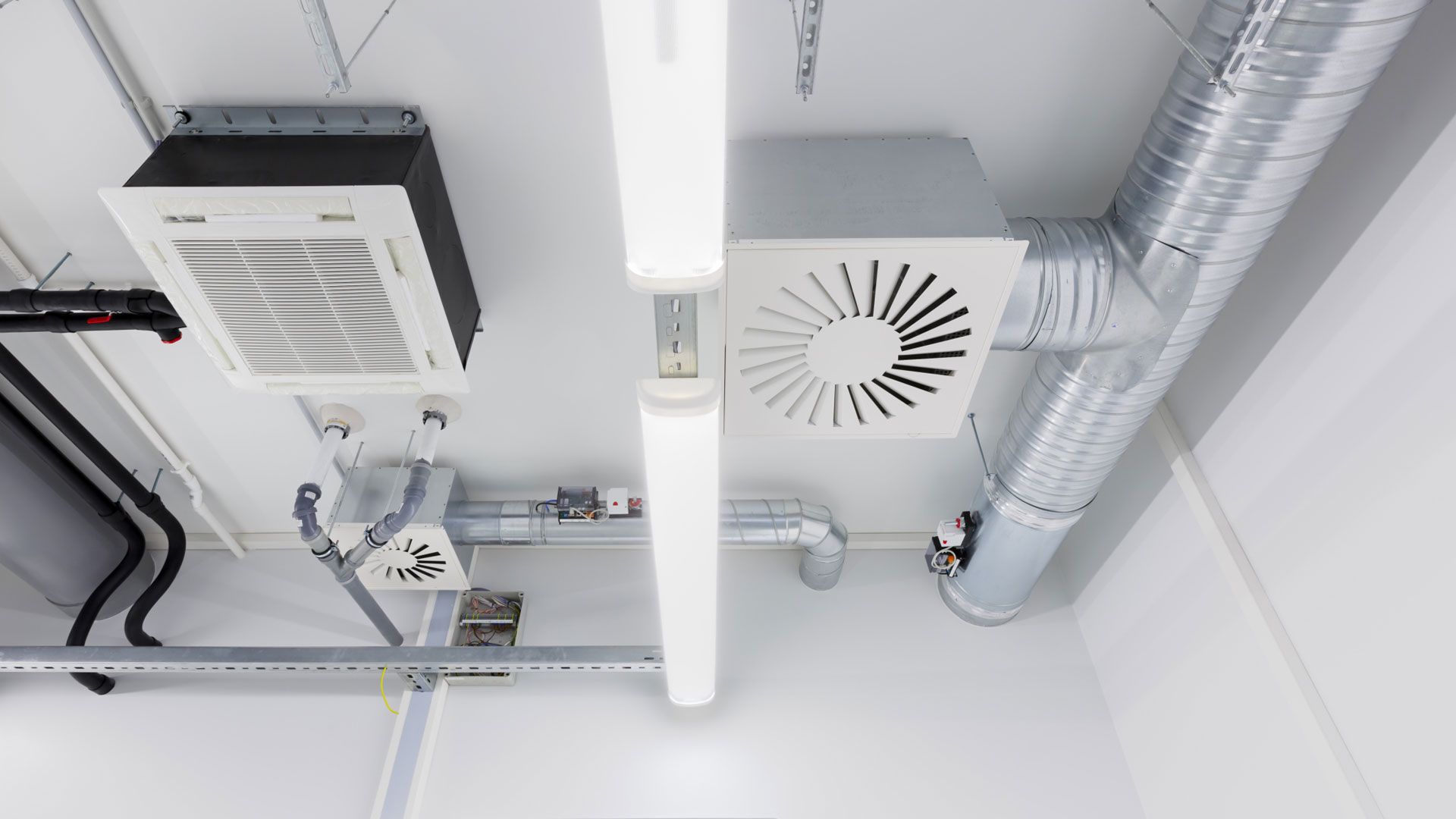
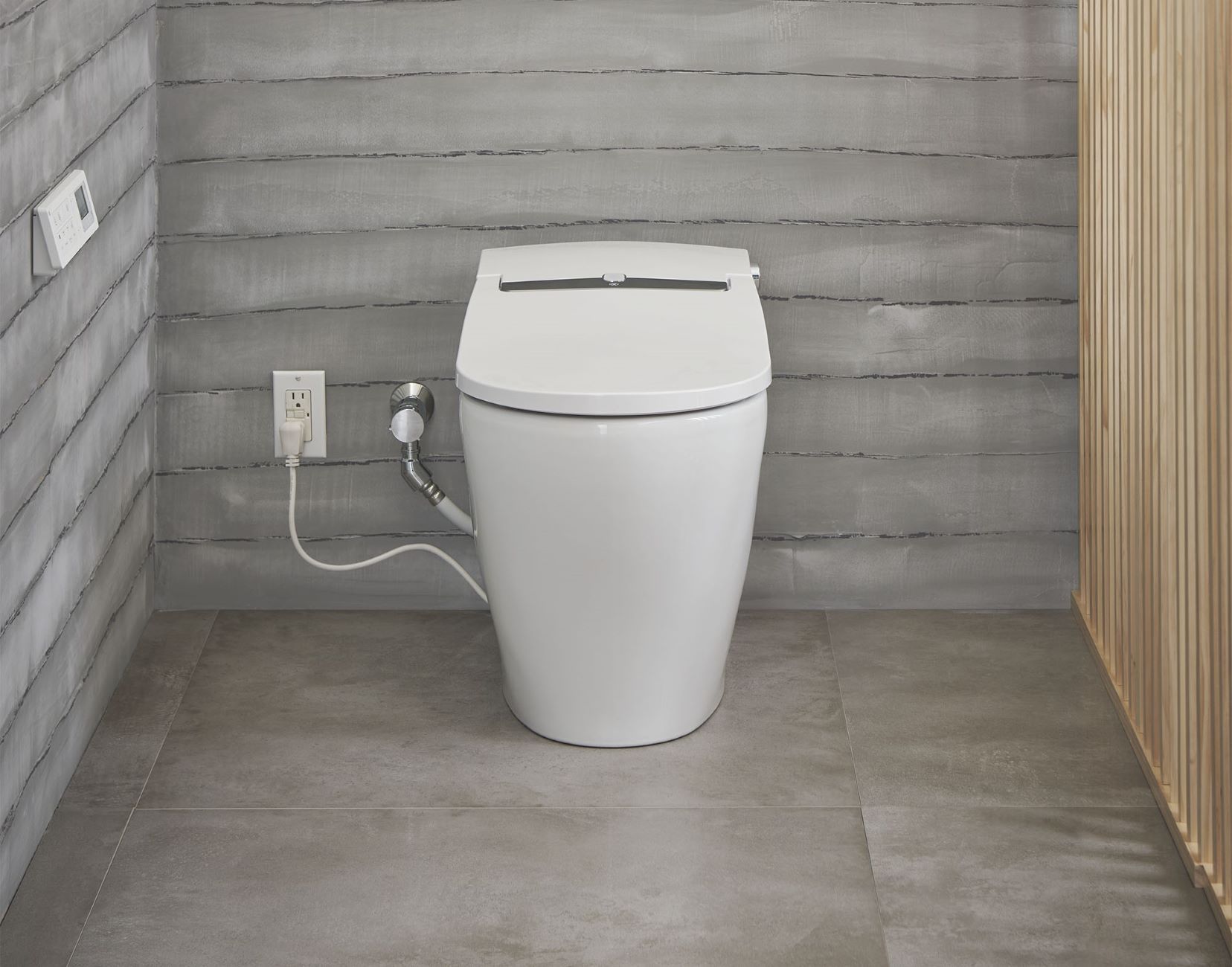
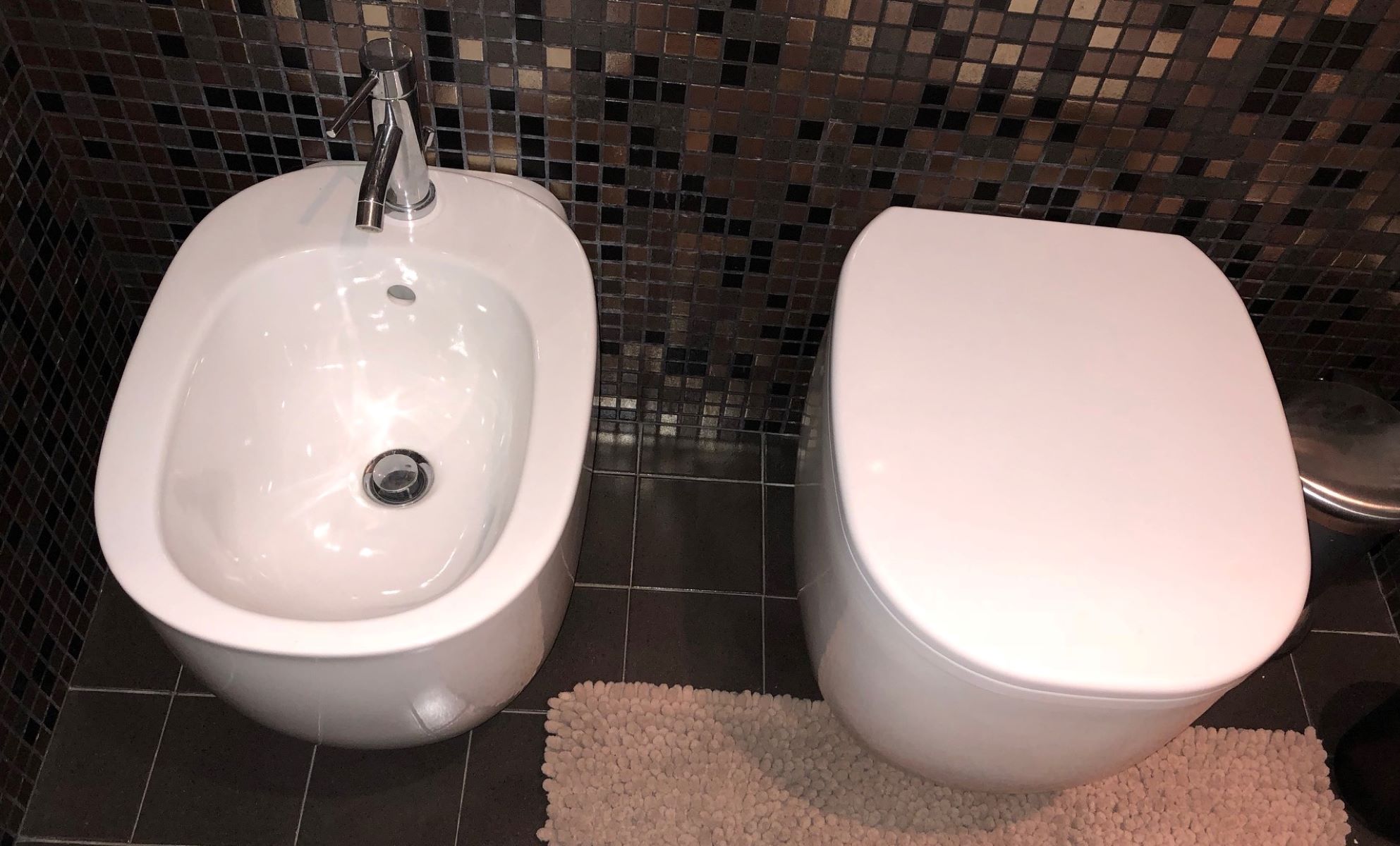
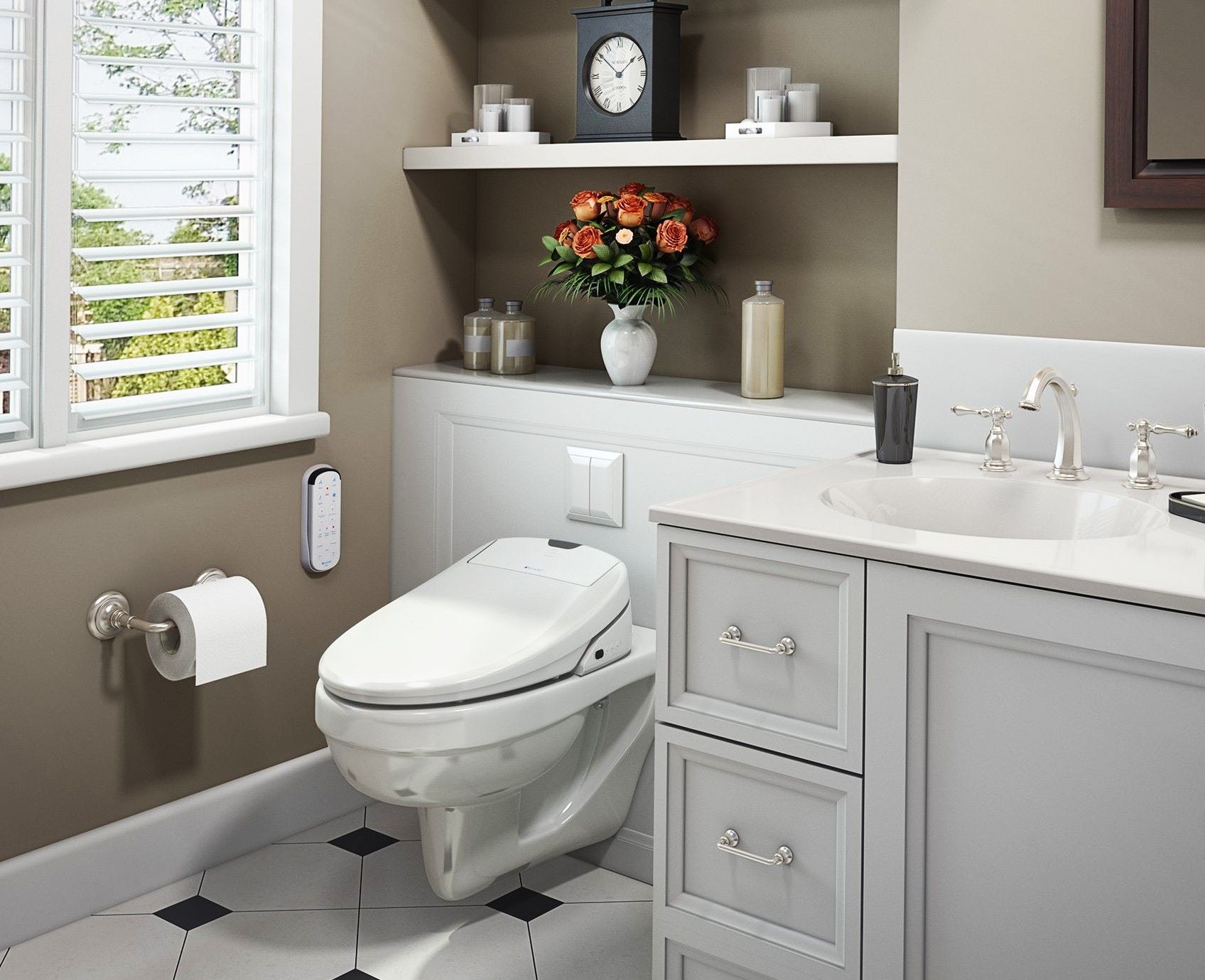
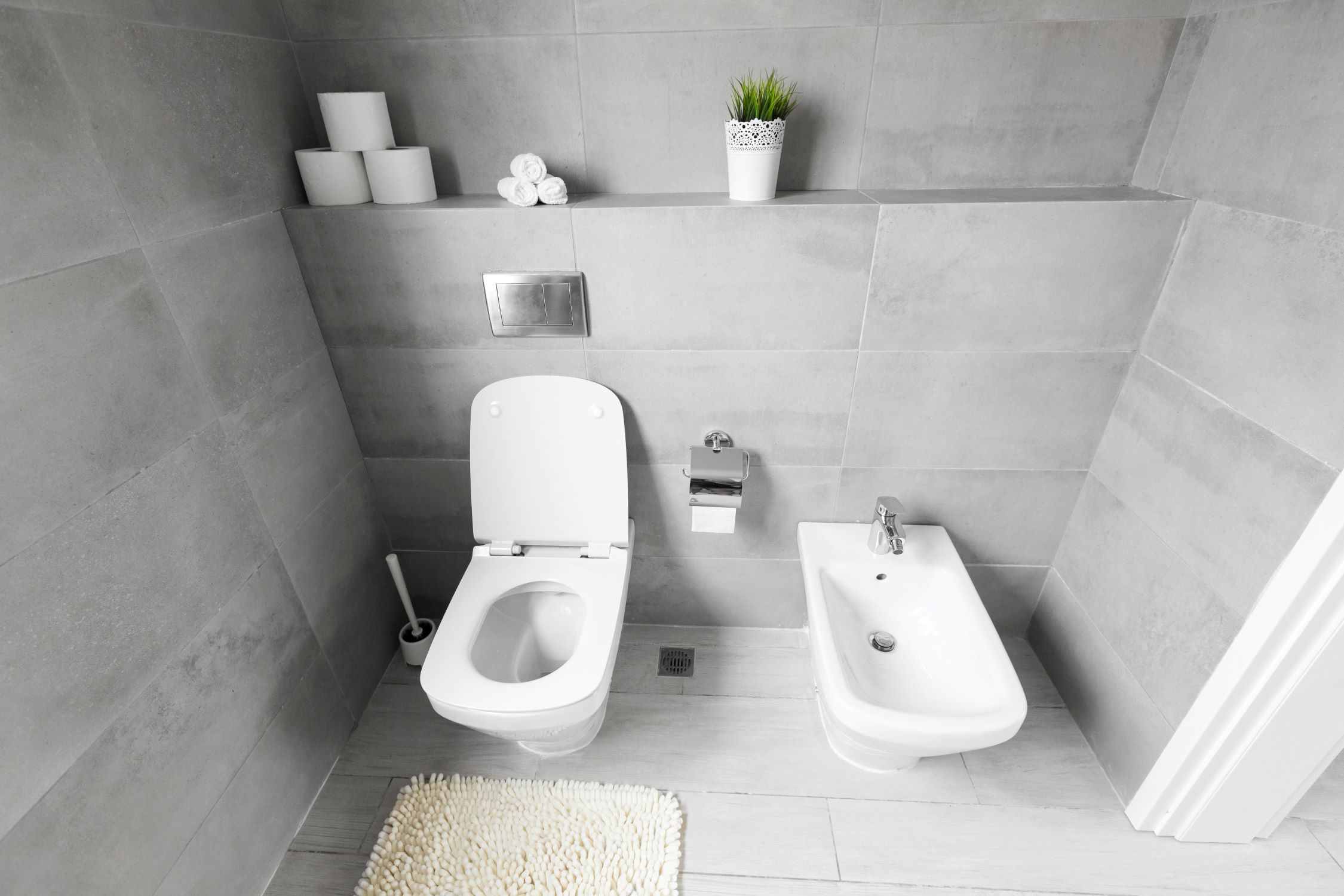
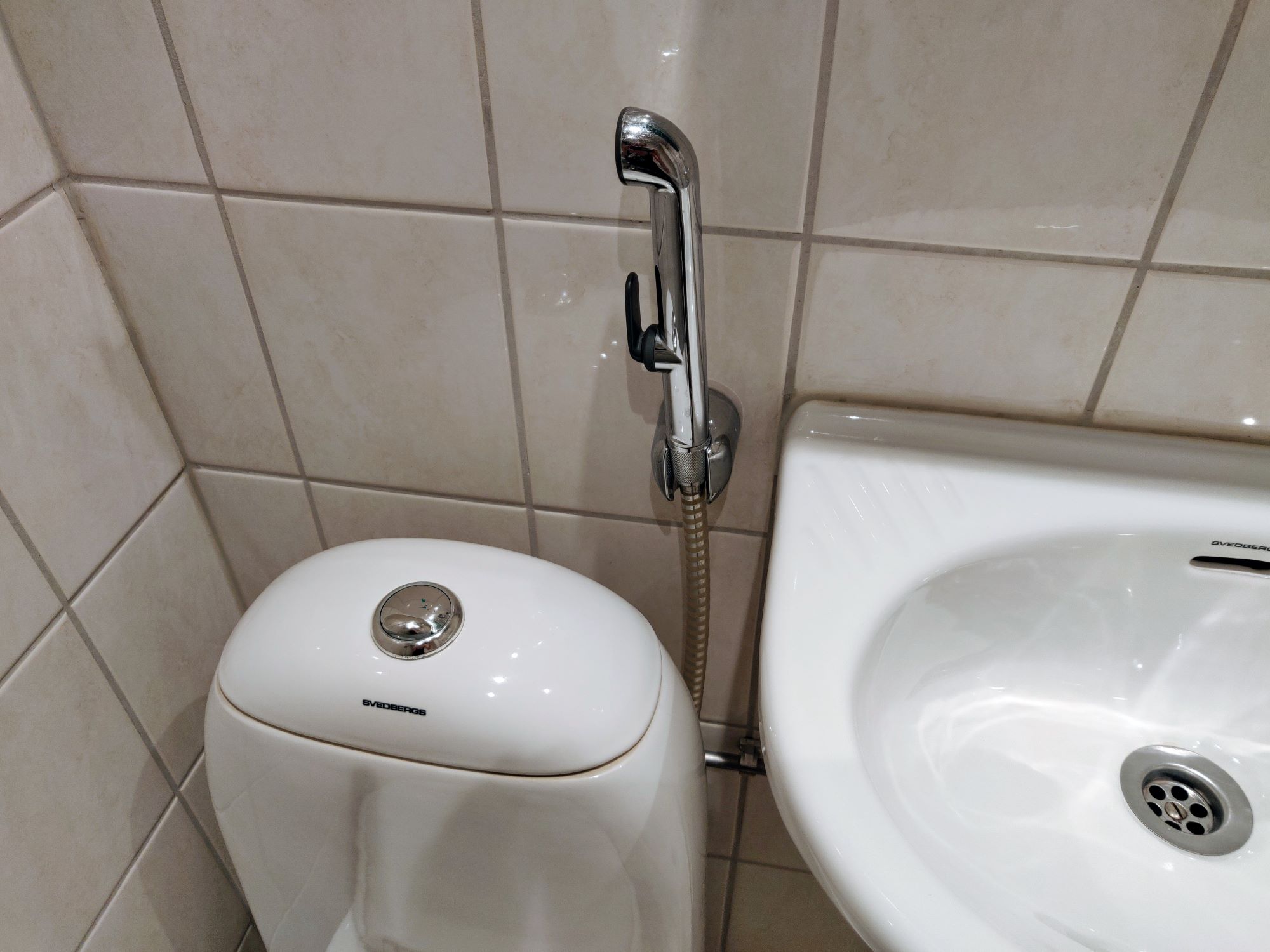
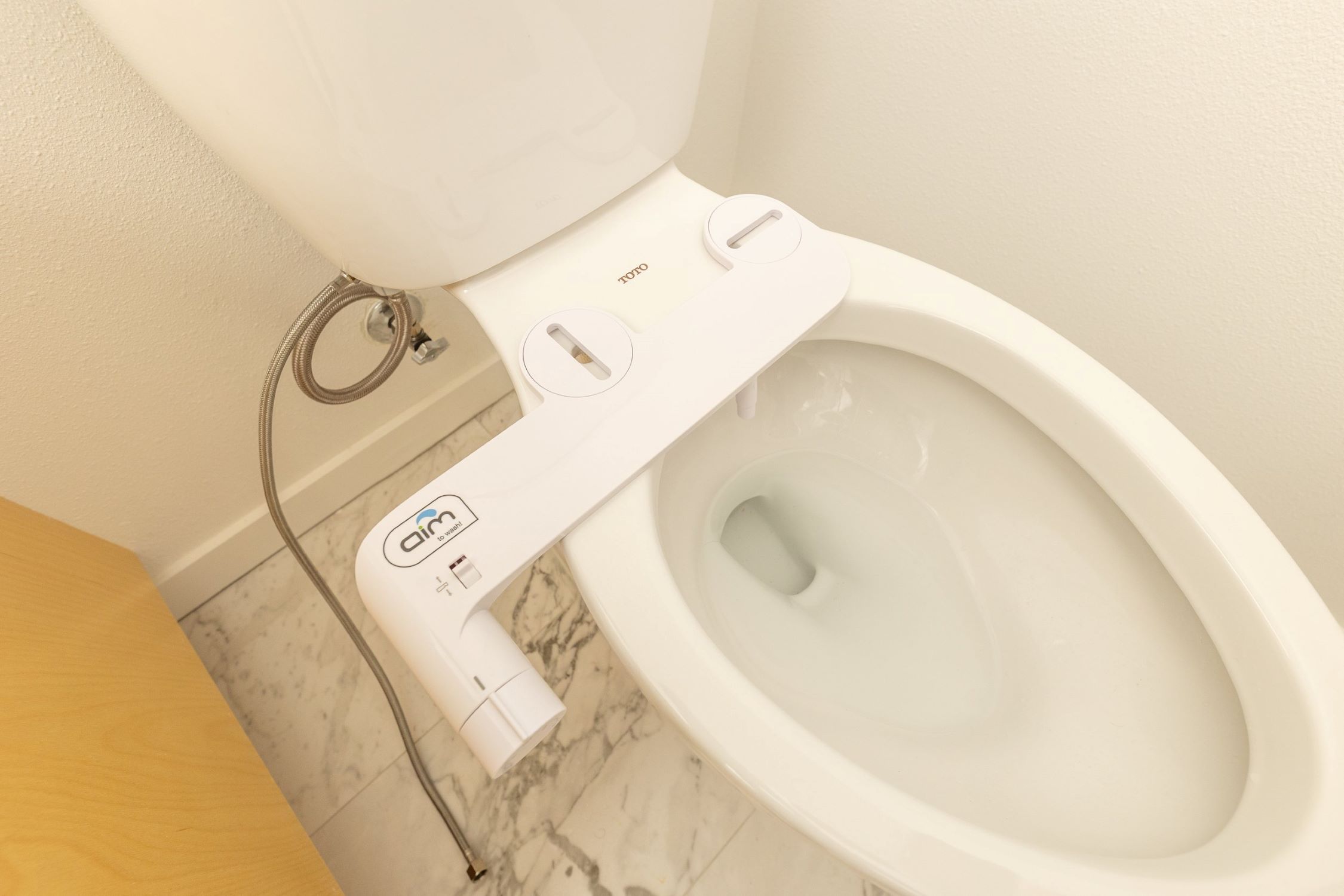
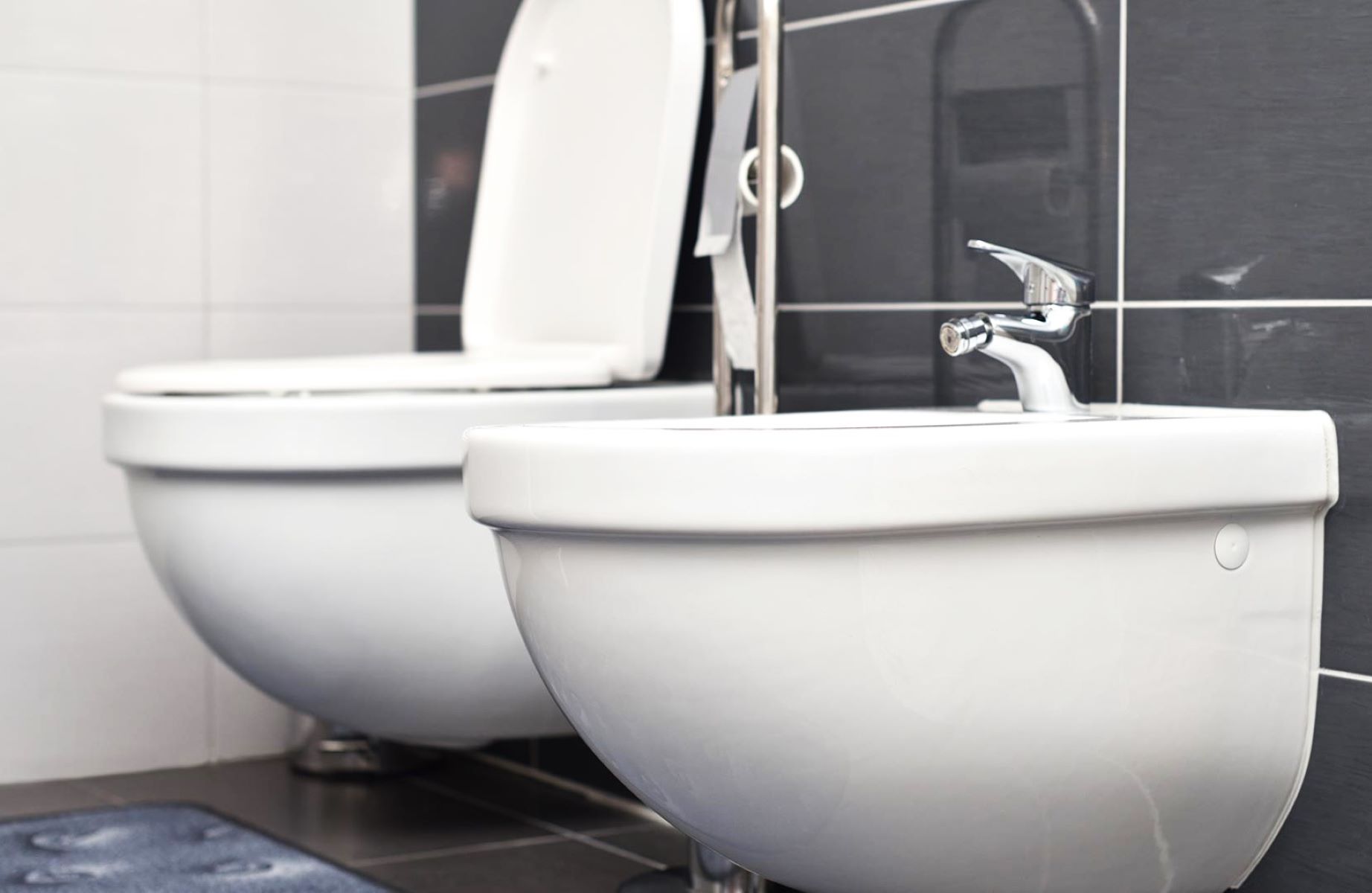
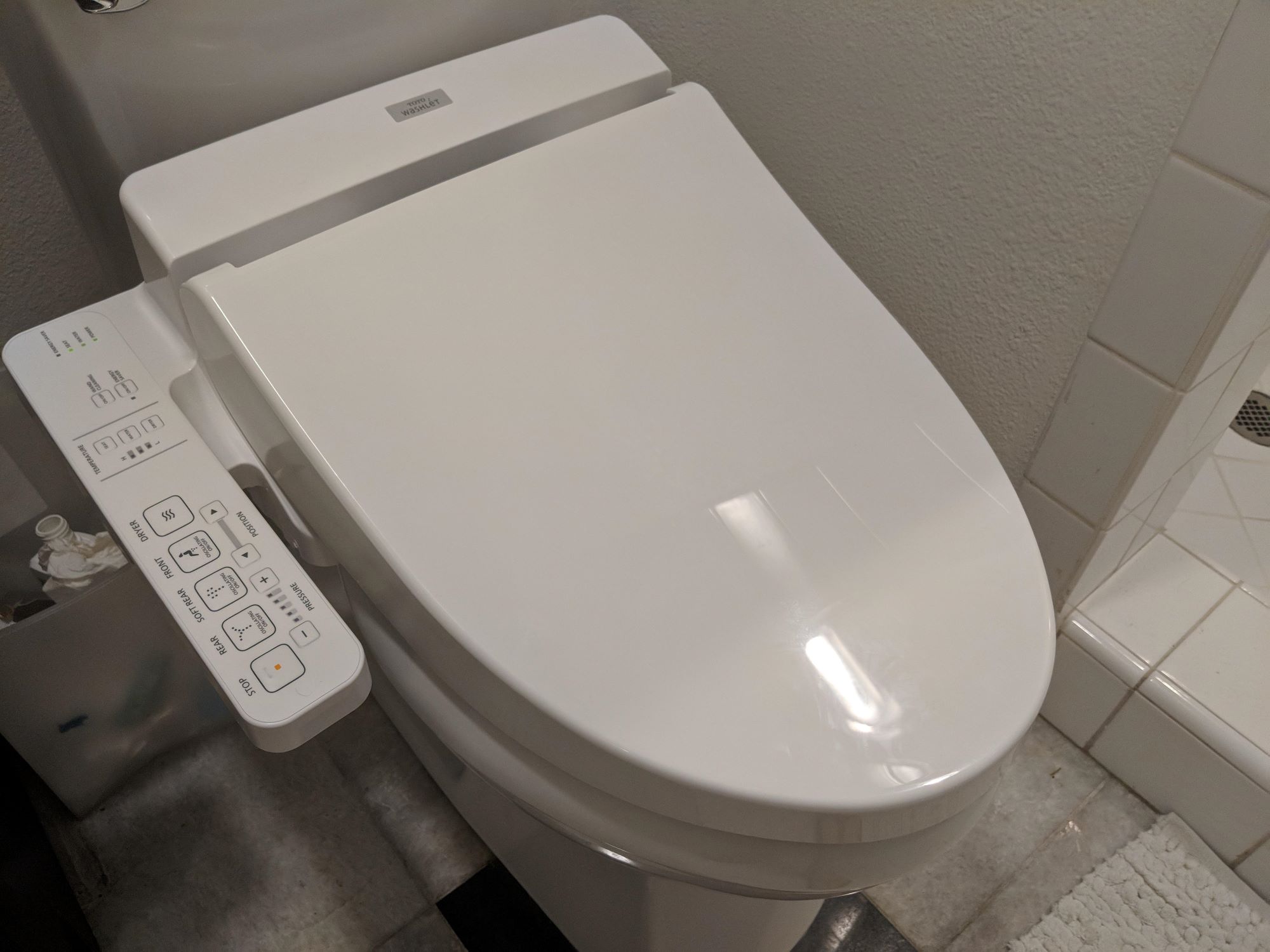
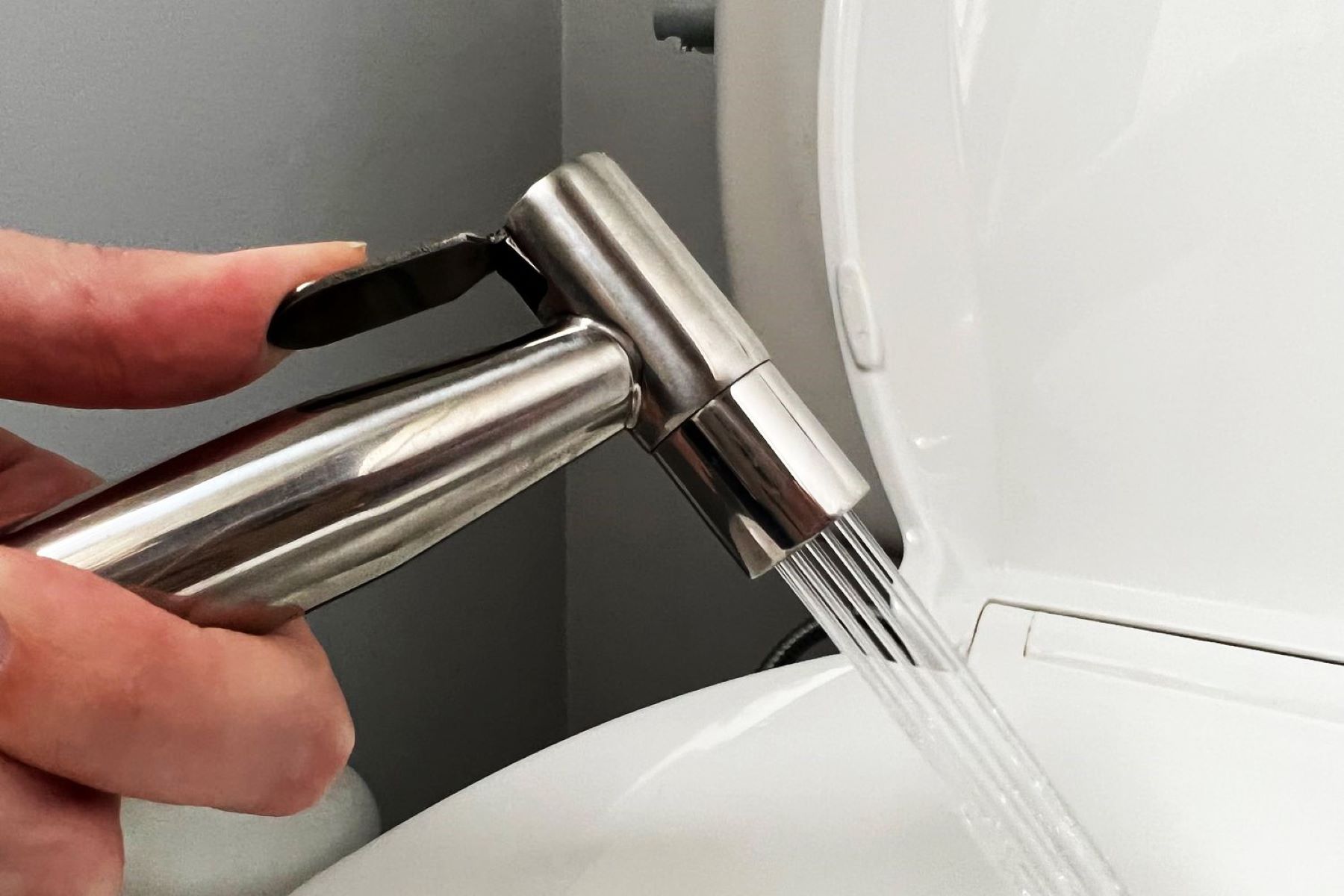
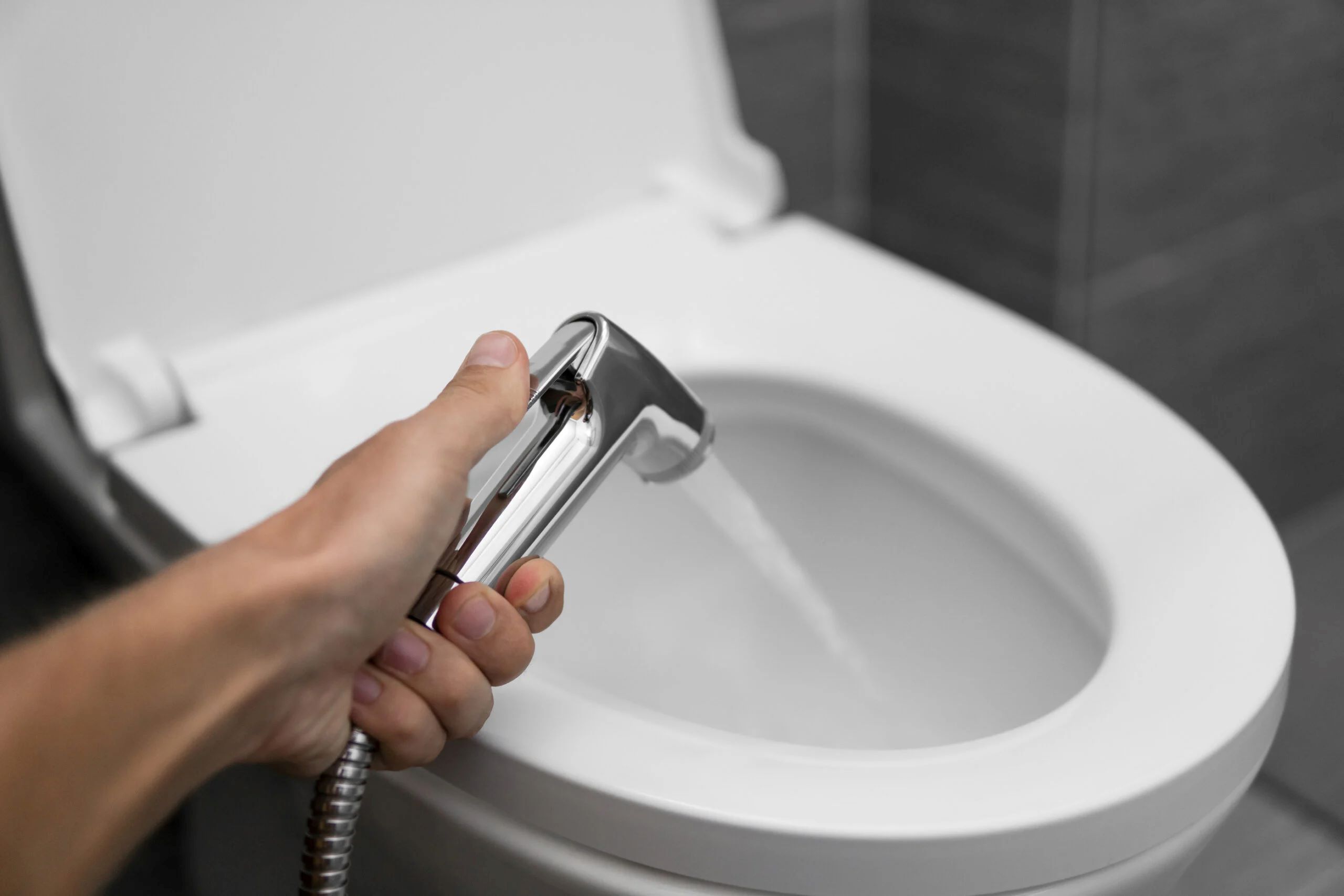
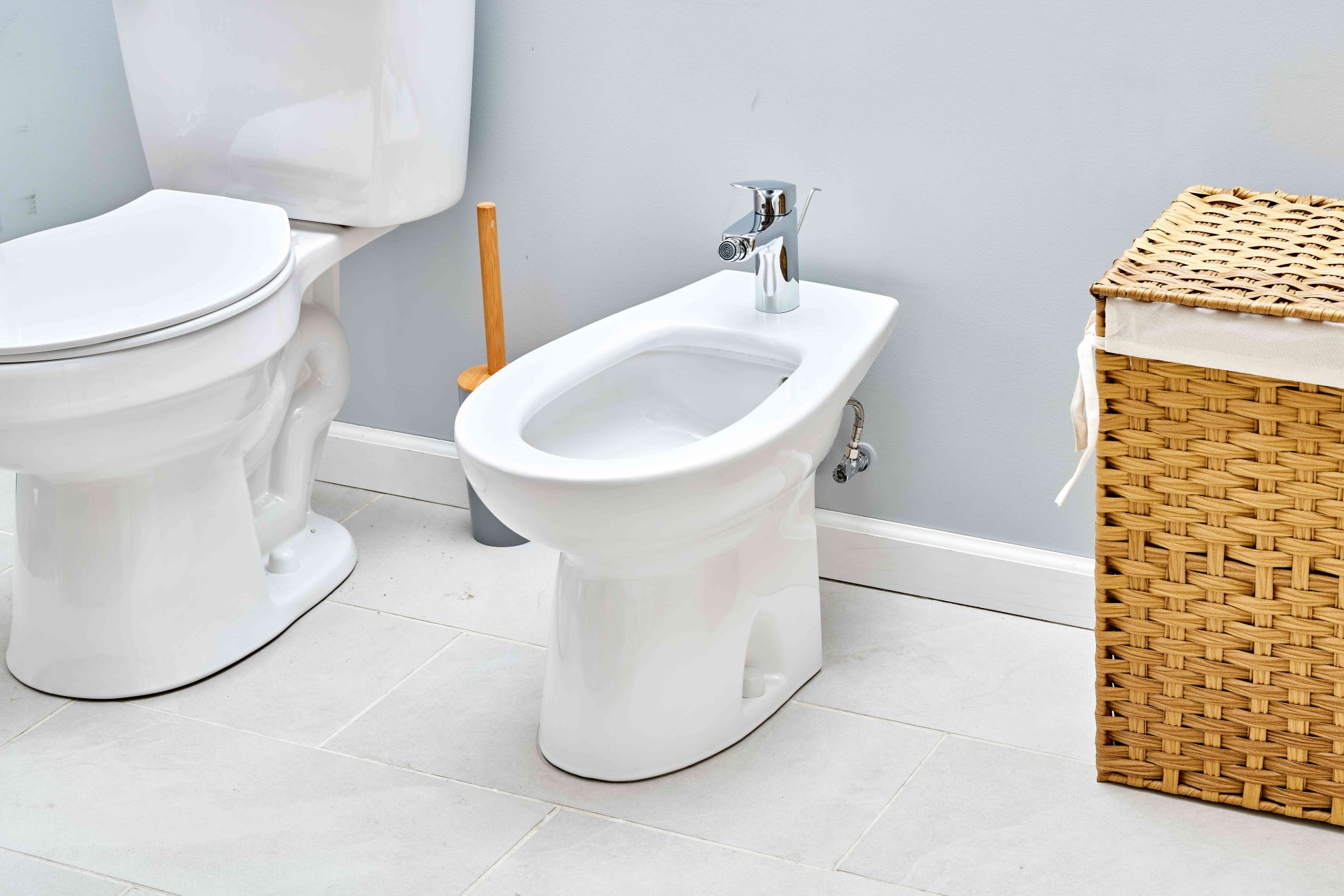

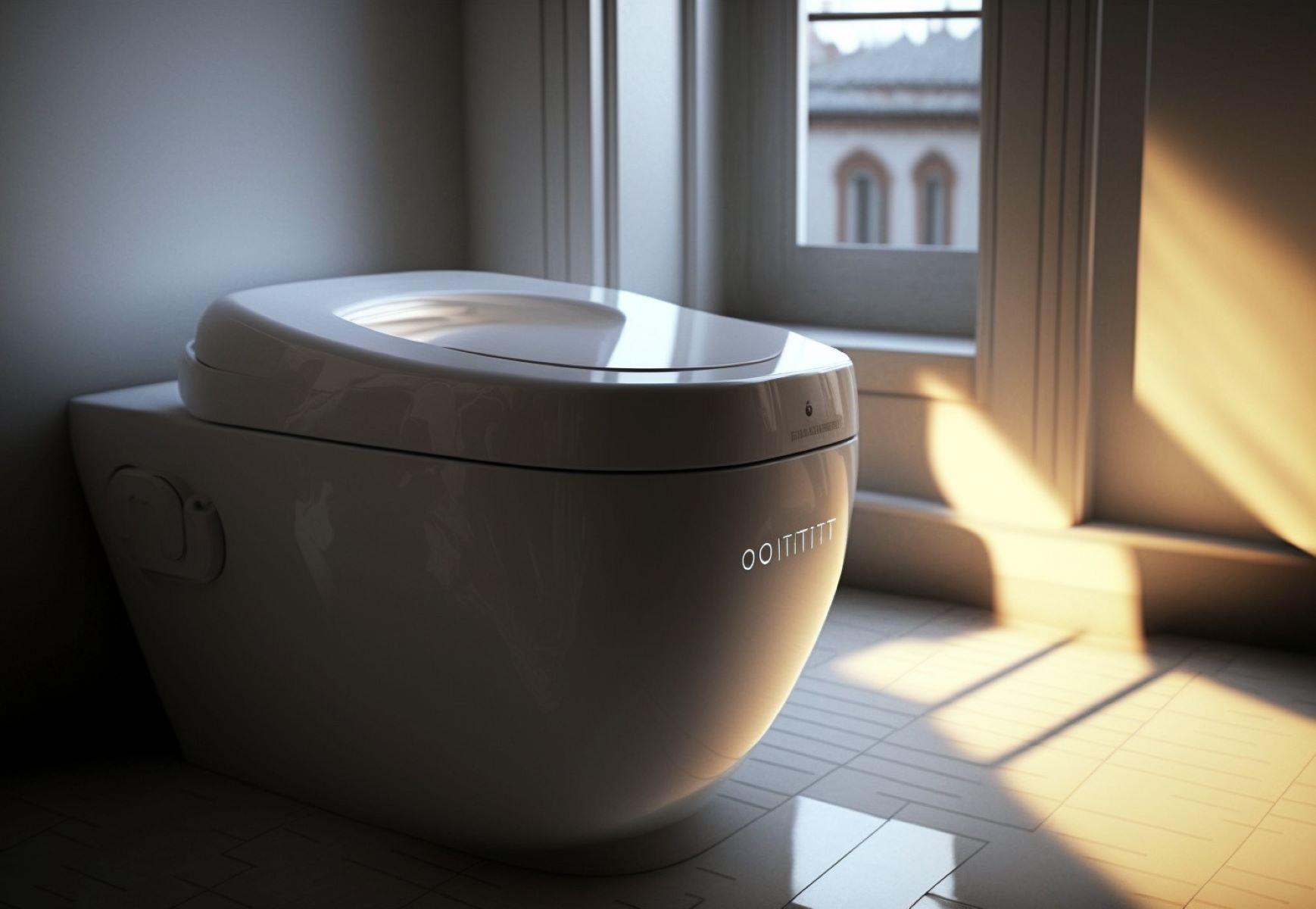

0 thoughts on “What Countries Use Bidet”